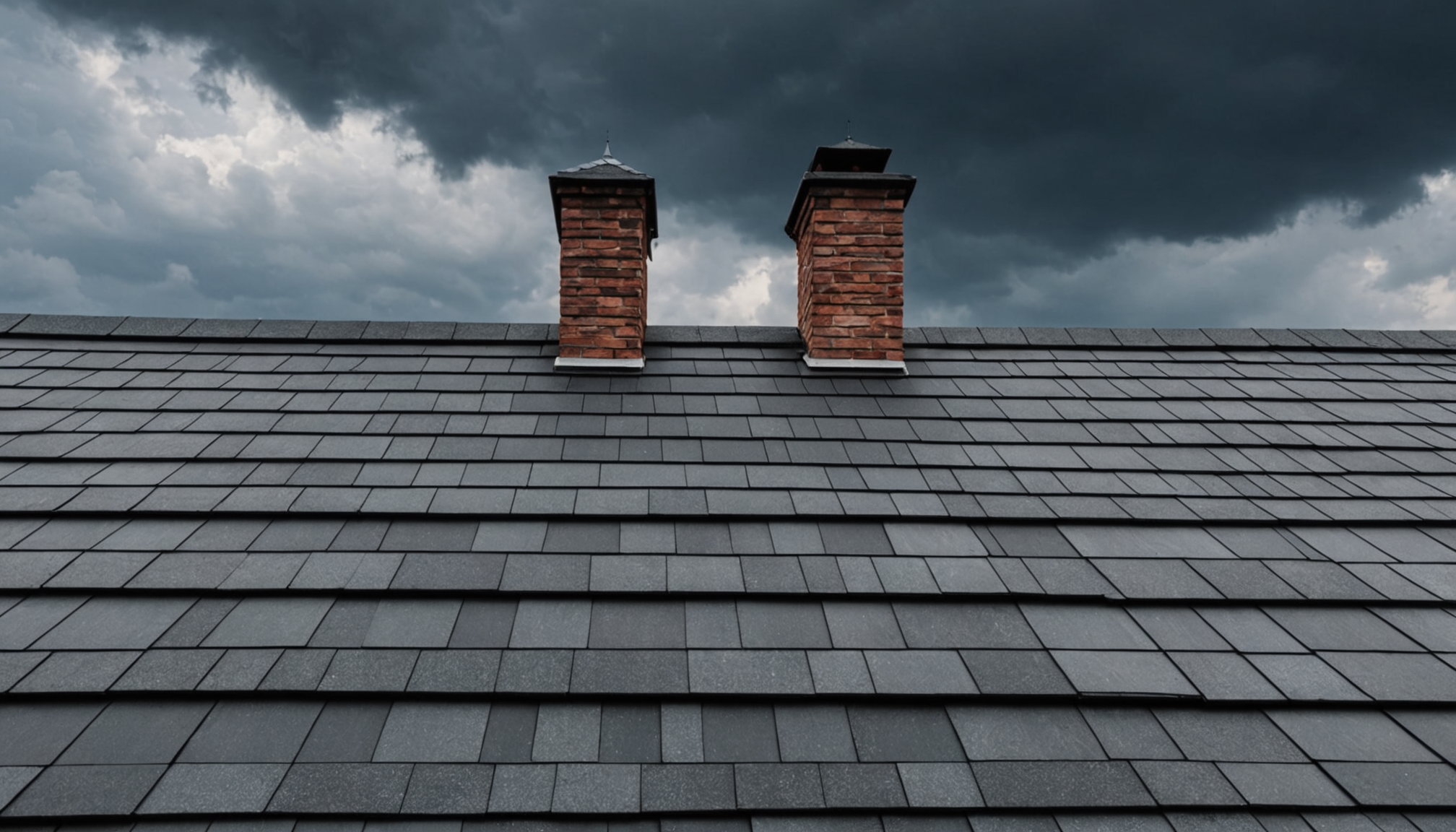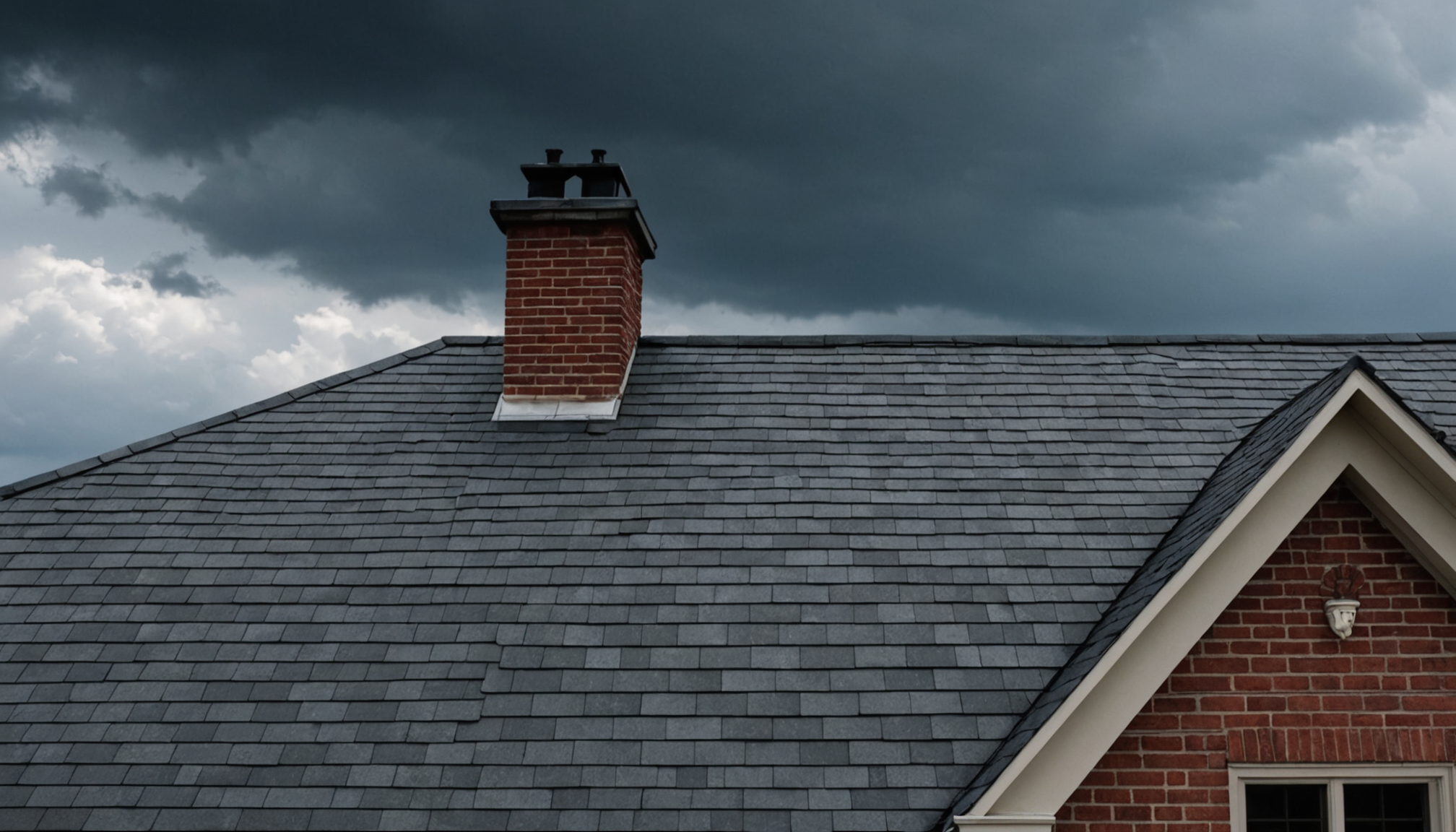Asphalt shingles are the most popular roofing material in Missouri and across the United States, largely due to their affordability, durability, and ease of installation. Understanding the different types of asphalt shingles available can help Missouri homeowners make informed decisions about their roofing projects. In this region, climatic conditions such as heavy rainfall, humidity, and temperature fluctuations require residents to pay special attention to the roofing materials they choose.
The main types of asphalt shingles are three-tab, architectural, and luxury shingles. Each type has its unique characteristics, cost considerations, and suitability for particular roofing needs. A clear grasp of these variations enables homeowners to tailor their choices according to budgetary constraints and aesthetic preferences, all while ensuring optimal protection for their homes.
- Three-Tab Shingles: This is the most basic style available, characterized by a flat, uniform appearance due to its three tab sections on each shingle strip. Three-tab shingles are the most affordable option, making them a popular choice for budget-conscious homeowners. They are often made with a single layer of asphalt, giving them a thinner appearance which can lead to a slightly lower durability compared to other types, especially in face of Missouri’s occasional severe weather.
- Architectural Shingles: Sometimes referred to as dimensional or laminate shingles, these are designed to mimic the look of higher-end roofing materials like wood shake or slate. They have multiple layers of asphalt that make them thicker and more durable compared to three-tab shingles. According to experts, architectural shingles often offer enhanced wind resistance, beneficial for Missouri’s varying weather patterns. This type of shingle is often preferred for its blend of aesthetic versatility and improved longevity, with some architectural shingles lasting up to 30 years with proper maintenance.
- Luxury Shingles: These are the premium options in asphalt roofing, designed to replicate the lavish aesthetics of slate or natural cedar roofing. They provide the highest level of durability and usually come with extended warranty options. While luxury shingles bear a higher initial cost, they also come with superior impact resistance and longevity, making them a viable option for homeowners looking to invest in long-lasting roofing solutions in climates with diverse weather challenges, like Missouri.
When deciding on roofing materials in Missouri, it’s crucial to weigh these types against each other considering price, durability, and local climate conditions. For instance, while three-tab shingles might seem appealing due to their price, the architectural variety often provides better value over time by withstanding the region’s climate more effectively. Similarly, luxury shingles, while a larger upfront investment, can offer peace of mind with their robustness and distinctive appearance.
Factors affecting shingle lifespan in Missouri
Missouri’s unique climate poses several challenges that can significantly affect the lifespan of asphalt shingles. The state’s weather is characterized by substantial variations, including hot summers, cold winters, and transitional seasons marked by severe storms and heavy rainfall. These climatic factors can prompt premature aging and require careful consideration during the selection and maintenance of roofing materials.
The harsh summer sun can lead to the degradation of shingle surfaces, causing them to become brittle over time. This brittleness increases the likelihood of cracks and granule loss, which are essential in protecting the shingles from UV rays and impact damage. Winters in Missouri often bring freezing temperatures and the possibility of snow or ice accumulation. These conditions can cause thermal cycling—expansion and contraction of shingles due to temperature fluctuations—potentially leading to cracks and leaks.
Relative humidity is another critical factor, as it can lead to the growth of moss, algae, or mildew on roofs that are not adequately maintained. These organic growths are not only unsightly but can trap moisture against the shingles, fostering deterioration and increasing the weight load on the roof structure.
Moreover, powerful winds associated with Missouri’s severe thunderstorms have the potential to lift or even dislodge shingles, compromising the roof’s integrity. While some shingles are designed to withstand moderate to high winds, extreme conditions can test even the most robust roofing materials.
Given these challenges, it is essential for homeowners in Missouri to consider the specific climatic threats when selecting their roofing materials and to adhere to a consistent maintenance routine to maximize the lifespan of their asphalt shingles.
- Ensure proper attic ventilation to help regulate temperature and reduce thermal cycling that can deteriorate shingles.
- Choose shingles that offer UV resistance to combat the harsh effects of prolonged exposure to sunlight.
- Regularly clean the roof to prevent moss, algae, or mildew growth, which can damage shingles over time.
- Be vigilant about inspecting for damage following severe weather, such as storms or high winds, to address issues promptly.
- Consider professional maintenance services to ensure that the roof remains in optimal condition and any wear is swiftly addressed.
Average lifespan of asphalt shingles
The average lifespan of asphalt shingles varies greatly depending on multiple factors, including the type of shingles used, local weather conditions, and maintenance practices. In Missouri, three-tab shingles typically last between 15 to 20 years. However, due to the state’s extreme weather conditions, which include hot, sunny summers and freezing winter months, the lifespan can be on the lower end if proper care is not consistently practiced.
Architectural shingles, thanks to their multi-layered composition, offer more durability and can last from 24 to 30 years, withstanding Missouri’s climate fluctuations more effectively than three-tab shingles. Their enhanced wind resistance and thicker build make them a popular choice for homeowners looking for a balance between durability and cost-effectiveness. Regular maintenance, such as checking for and repairing damage after severe weather conditions and keeping the roof clean from debris and organic growth, is crucial in reaching the upper limit of their lifespan.
Luxury shingles, although pricier, have a potential lifespan of up to 50 years. These high-end shingles are engineered to withstand harsh weather conditions better than other types, making them an excellent investment for long-term durability in Missouri. While their initial cost may be a dent in some budgets, their long lifespan and reduced need for frequent replacements can make them cost-efficient in the long run. Consistent maintenance and immediate repairs after any detected damage can ensure that luxury shingles serve their full lifespan.
Overall, the longevity of asphalt shingles in Missouri is significantly influenced by the roofer’s installation quality, regular inspections, maintenance practices, and timely repairs. By investing in high-quality shingles and adhering to a proper maintenance schedule, homeowners can maximize the lifespan of their roofing materials, protecting their investment and ensuring the safety and comfort of their homes. Regular roof inspections, especially after major weather events, are essential to detect early signs of wear or damage that might shorten the lifespan of the shingles, allowing for timely interventions and repairs.
Tips for extending shingle longevity
To maximize the longevity of asphalt shingles in Missouri, consistent maintenance and proactive measures are crucial. One of the most effective ways to extend the life of a roof is by ensuring proper ventilation in the attic. Adequate ventilation helps in regulating the temperature, reducing thermal cycling—the expansion and contraction caused by temperature fluctuations—which can lead to shingle deterioration over time. Missouri’s diverse weather patterns make this measure particularly important, as it aids in alleviating the impact of extreme heat in summer and harsh cold in winter.
Choosing shingles with built-in UV resistance is another key consideration. Missouri’s long summers mean extended sunlight exposure, and UV-resistant shingles help protect against the detrimental effects of soaking up too much sun. This feature can prevent premature aging and color fading, maintaining the aesthetic and functional integrity of the roof.
Regular cleaning is essential to prevent the accumulation of moss, algae, and mildew. High humidity levels, especially in certain parts of Missouri, can encourage the growth of these unwanted elements. They trap moisture and can deteriorate shingle material, leading to greater structural strain. Simple cleaning measures, like using a gentle roof broom or low-pressure washing, can be very effective in removing these organisms and preserving the roofing materials.
After severe weather events, inspections should always be a priority. Missouri experiences thunderstorms and high winds that can potentially lift or damage shingles. Promptly addressing any damage prevents small problems from becoming significant issues, potentially saving on costlier repairs down the line. For those who may not be comfortable inspecting their roofs themselves, hiring professional roofing services ensures every part of the roof is checked thoroughly.
In addition to frequent inspections, investing in professional maintenance can substantially boost shingle longevity. Roofing professionals have the expertise to spot and resolve issues that may go unnoticed by the untrained eye. Their interventions can include resealing areas vulnerable to leakage or wear, thus preventing potential water damage.
Finally, it’s important to remain diligent and proactive in your approach. Persistent commitment to regular inspections and prompt repairs will ensure your asphalt shingles reach their full potential lifespan. Encouraging a mindset geared towards maintaining and protecting your roofing investment will not only prolong its functionality but also enhance the overall safety and comfort of your Missouri home. With attention and care, your asphalt shingles can withstand the test of time and weather, safeguarding your family and your investment for years to come. Stay committed, and the rewards will surely be worth the effort.
Signs you need a roof replacement
- How often should I inspect my roof in Missouri?
- It’s advisable to inspect your roofing at least twice a year in Missouri, once in the spring and again in the fall. Additionally, after any significant storm or severe weather, conducting a prompt inspection is crucial to catch any new damage that might need immediate attention.
- What are the most common signs that my shingles need replacement?
- Common signs include cracked, curling, or missing shingles, as well as noticeable granule loss, often seen in gutters. Water stains on ceilings, attic leaks, and increased energy bills can also indicate roofing issues that may require shingle replacement.
- How does Missouri’s climate affect shingle lifespan?
- The climate in Missouri, with its hot summers and cold winters, can lead to thermal cycling, which is the expansion and contraction of shingles. This process can accelerate the aging of shingles, reducing their effectiveness over time without proper maintenance.
- Is there a particular type of shingle that lasts longer in Missouri?
- Architectural and luxury shingles tend to last longer in Missouri due to their enhanced durability and resistance to adverse weather conditions. They often provide better wind resistance compared to the standard three-tab shingles, making them a solid investment for the long term.
- Can I replace shingles myself, or should I hire a roofer?
- While some homeowners with roofing experience might handle minor repairs, it’s generally recommended to hire a professional roofer for replacements. Professionals ensure that shingles are correctly installed, reducing future risks of leaks or damage and ensuring compliance with warranty requirements.

